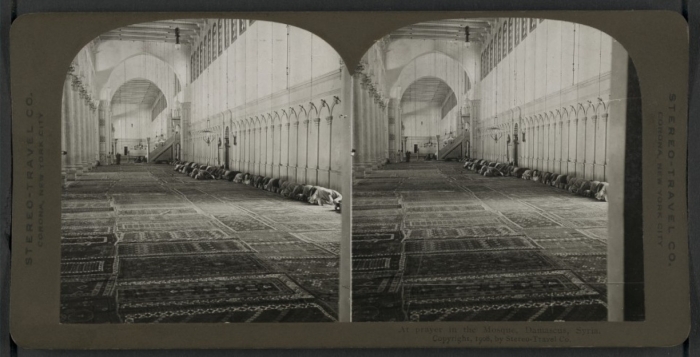It’s harder than ever to teach Islamic art — but never more important

Every year, I take the students from my Islamic architecture course to visit the Islamic art collections at the Metropolitan Museum of Art in New York so they can see the cultural artifacts we’ve discussed in class. In 2013, we stopped to look at an aerial photograph of the 9th-century Great Mosque of Samarra, taken by the British Royal Air Force 100 years ago. The black-and-white image shows the vast scale of the mosque, renowned for having one of the tallest minarets in the world, at approximately 170 feet.
Someone remarked, “Wasn’t this the minaret that was installed with American snipers fighting Iraqi rebels in 2005, and blown up later?” Silence dropped over the group, and we moved on.
Kishwar Rizvi teaches the history of Islamic art and architecture at Yale University, and is a member of the Council of Middle East Studies at the MacMillan Center. She is a Public Voices Fellow with the Oped Project.
This essay first appeared in the Washington Post.